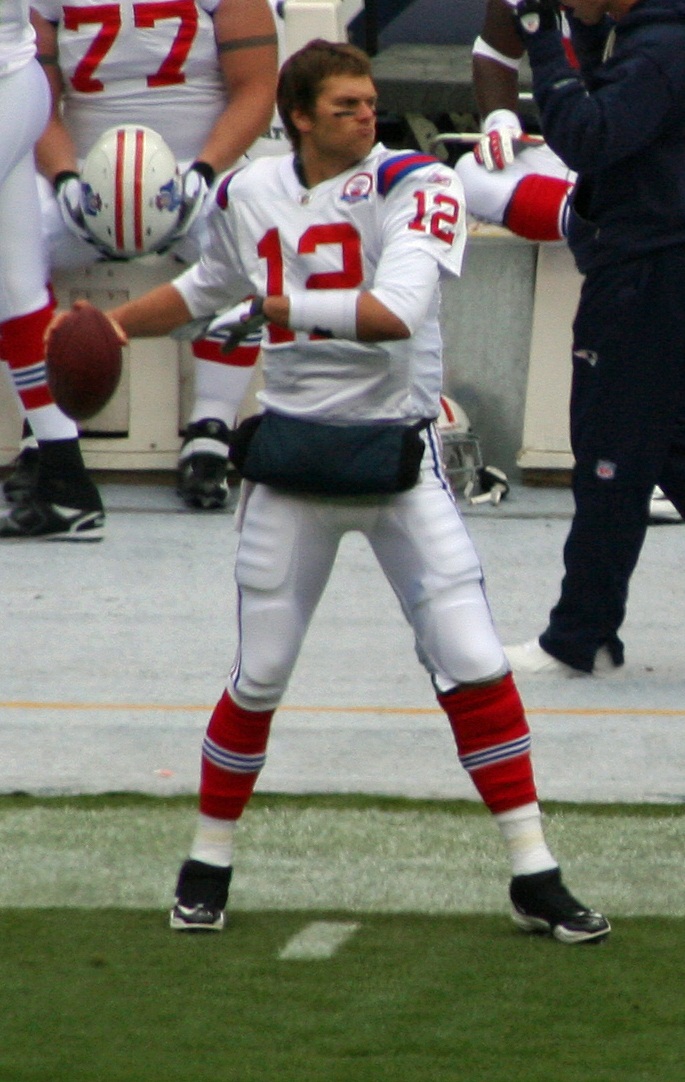
Note: The analysis you’ll find in blog posts on RB David Wilson, WR Kendall Wright, and today, Texas A&M QB Ryan Tannehill are merely snapshots of plays I have compiled from game study. These spotlights focus on a subset of the individual’s talents or deficiencies and are not an overall report on the player. My comprehensive analysis of the player will be available April 1 in the 2012 Rookie Scouting Portfolio – now in its seventh year of publication.
Former Jets coach and personnel manager Pat Kirwan noted in his book Take Your Eye Off The Ball, that the only scrambling quarterback to ever win a Super Bowl was Steve Young. Some may infer from that fact that scramblers are not the ideal style of quarterback for an NFL team. I think it’s probably more accurate to take this statement as a historic reflection, but not a basic truth about today’s NFL.
I’m nitpicking the point because Fran Tarkenton, Steve McNair, John Elway, Brett Favre, and Donovan McNabb could all scramble and they led their teams to the Super Bowl. I believe the spirit of Kirwan’s statement is Continue reading








